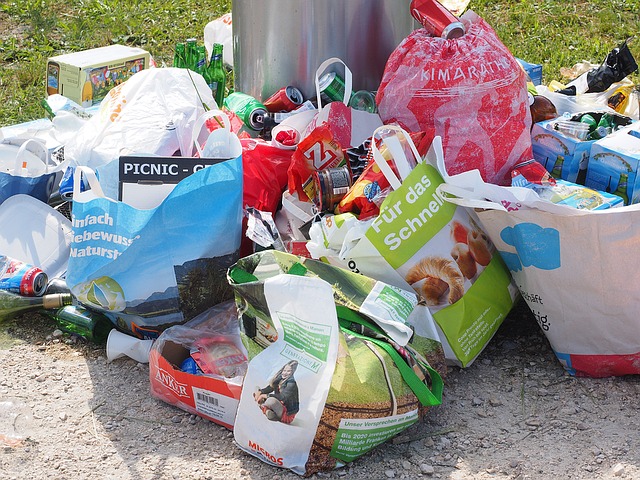For any community, it is important to dispose of waste matter is an efficient and safe manner. Simple transportation and removal of waste materials is not all that is related with a waste removal procedure. It needs various types of safe processes for reducing damage to the natural environment. There are some important laws and regulations which have been laid down in order to regulate the ways in which waste matters are disposed of. These include the 5 common types of removal processes.
Ocean dumping
It is an important way to dispose of trash matter. Although it is one of the easiest and most low-cost methods, it is not generally advised due to the damage caused to the animal and plant life that survive in deep oceans. Despite strict regulations, people in many countries tend to dump a lot of waste materials into ocean water. But this is being curbed and minimized in order to ensure that there is no harm caused to marine life. Constant disposal of wastes also lead to the pollution of oceanic water.
Composting
It is an effective way to treat wastes and can be done at home for degenerating organic trashes and transforming them into a type of natural manure which is rich in nutrients. It is ideal for promoting the growth of plants in gardens. Composting happens to be a perfect way to process garden and kitchen wastes of varied types. But this method of disposal is very slow, and it needs around 3 – 6 months for wastes to be changed into food for plants.
Land farming
Just like composting, land farming happens to be an excellent way to manage trash in a biological manner. It can be used to biologically detoxify all organic materials in which toxic chemicals and heavy metals are absent.
Thermal disposal
This kind of waste management Adelaide involves the use of thermal process, or the use of high heat, to kill pathogens present in medical waste matter. 3 different types of temperature ranges are used for this purpose. In low-heat thermal process, wastes are subjected to 93 C – 177 C (200 F – 350 F) whereas medium-heat thermal processes use 177 C – 370 C (350 F to 700 F) and high-heat thermal processes use an intense temperature range of 540 C – 8,300 C or 1,000 F to 15,000 F.
Garbage disposal
It is done in three different ways. In continuous-feed disposals, there is a constant supply of waste as long there is running water. The aperture for disposal stays open all through the process. In batch-feed disposals, also referred to as cover control garbage disposal, the disposal happens only at the time the stopper is in position. The machine works as long as the lid is kept closed. In septic tank garbage disposals, the same methodology as that of continuous-feed disposals is used. These come with cartridges which assist in the breakdown of food waste materials, and the cartridges need to be substituted after every 3 to 6 months. These are safe to keep at home, as these are not operated electrically.














Leave a Reply